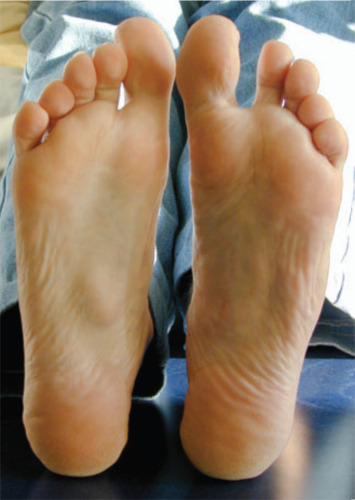
Plantar fibroma is a benign (non-cancerous) mass or nodule that develops in the plantar fascia, a thick band of tissue that runs along the bottom of the foot. It is also known as Ledderhose disease.
Plantar fibromas are caused by an overgrowth of fibrous tissue in the plantar fascia, and their development is thought to be linked to genetic and environmental factors. They are more commonly found in middle-aged and older individuals, and may be associated with certain medical conditions, such as diabetes, liver disease, and alcoholism.
Symptoms of plantar fibroma include a firm, rubbery lump or nodule on the bottom of the foot, typically located in the arch or heel. The lump may be painful or tender to the touch, and may make it difficult to walk or stand for prolonged periods of time.
Interventions may include:
- Manual therapy: Massage and other hands-on techniques can help reduce pain and improve mobility in the affected area.
- Stretching and strengthening exercises: Specific exercises can help improve flexibility and strength in the foot and ankle, and may help reduce tension on the plantar fascia.
- Footwear advice: Proper footwear with adequate arch support can help reduce stress on the plantar fascia and minimise symptoms.
- Cortisone injections: These injections can reduce the size and pain of the fibroma.
- Other modalities: The use of modalities such as ice, heat, ultrasound, or electrical stimulation can help reduce pain and inflammation.
In cases where conservative treatment is not effective, surgical intervention may be necessary to remove the plantar fibroma. It is important to consult with a healthcare professional if you are experiencing symptoms of plantar fibroma, as early diagnosis and treatment can help prevent further damage and improve overall outcomes.
